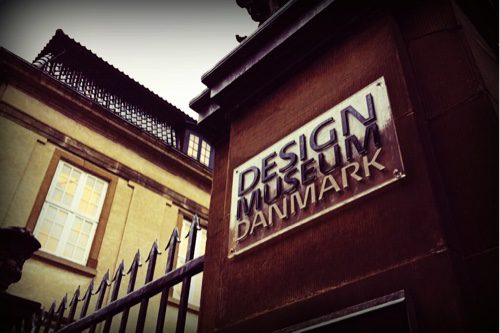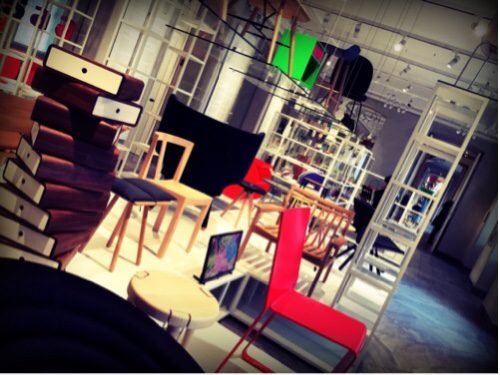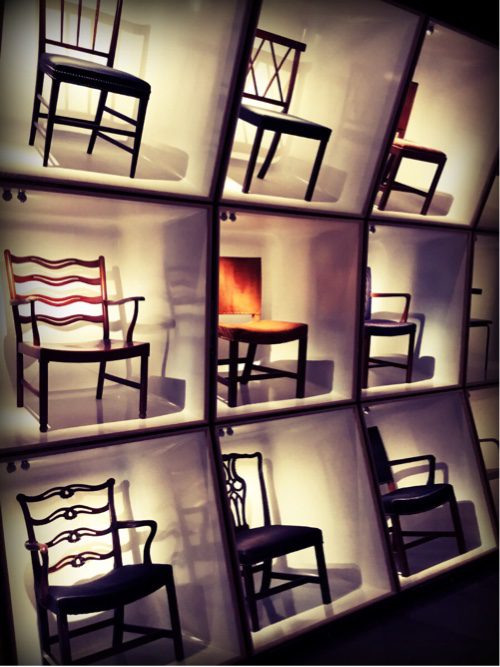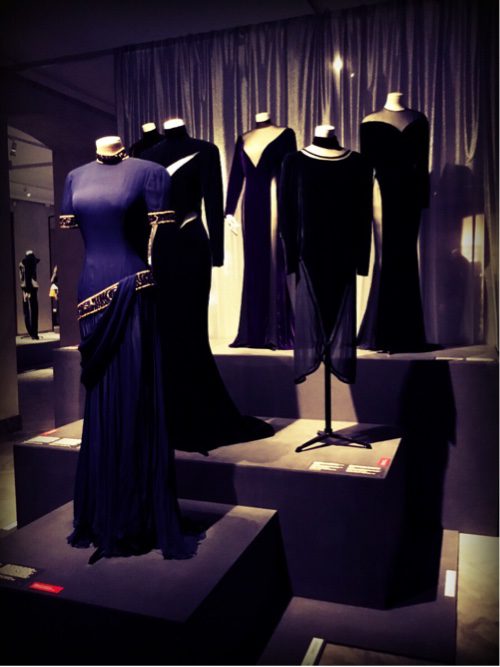Girl about town:
London garden designer visits Copenhagen

Katrina, our senior London garden designer recently visited Copenhagen. Whilst there, she choose to spend time in the Denmark design Museum. Here is her account of the visit.

Garden Designer in Leigh on Sea winds up in Copenhagen
Girl about town
I was on a cruise with my family, this garden designer from Leigh on Sea found herself alone in Copenhagen for the day. A city packed full of wonderful architecture and Christmas markets I was happy enough just walking the streets. I’ve never been one for visiting religious buildings in particular, nor did the prospect of an art gallery particularly tempt me that day. Given the strong influence Scandinavian design had on mid century styles, the Danish Museum of Art and design seemed a great choice.
The design of today
The first room is packed full of contemporary design. For this garden designer in Leigh on Sea, it was fantastic to view the simplicity Danish design is renowned for. New materials, and, in some cases Avant Garde shapes fill the main room and the small anterooms. This area deals with how the cultivation of the expressiveness and communicative potential everyday objects came into full bloom post-modernism in the 1980s. The design decade continues to characterise today’s design for our body, home, workplace and free time. It shows that we demand more functionality from the object we live with. They need to offer emotional satisfaction and sensory engagement. They need to build identity and status. Interior design objects signal both ascetic style and economic prowess. Most Danish companies and industry build in design as part of the product development and as a strategic and value creating factor. In the 1990s, globalisation, digital technology and the need for sustainable solutions were opportunities and challenges that designers faced. So for the first time, diversity, luxury design, recycling solutions, digital products the conceptual craft appears side-by-side. National characteristics began to weaken as production started to cross continents more frequently. And the desire for home-made unique items began to grow.

Today’s design reaches across genres and materials
The history of design
The next room began the journey of the history of design,. It talks about the 1851 great exhibition in London and how that became a springboard around the world for displaying the latest machines, tools and applied arts. During this time the world shrunk with improved transport and communication. Pre-both world wars people believed that any competition between enlightened nations should be based on design, art, knowledge and good taste. Prince Albert, was at the forefront of this vision of enlightenment. This is when the Victoria and Albert Museum was born. The Danish equivalent, design Museum Denmark was established in 1890 and demonstrates exhibits and objects acquired from the very first world exhibitions. Different arts and craft exhibits are shown as well as photographs spearheaded by William Morris. This is particularly close to my heart, as Earth Designs started in Walthamstow which is where William Morris was from. We travel all the way through the history of design, past art deco, into post modernism, looking at Japanese influences and world trends.

From the Great exhibition to Postmodernism.
The corridor of chairs
By far my favourite area of the exhibition. The space is greeted with a quote “the chair is a very difficult object. Everyone who has ever tried to make one knows that. There are endless possibilities and many problems – the chair has to be light, it has to be strong, it has to be comfortable. It is almost easier to build a skyscraper” Ludwig Mies van der Rohe. A chair is an acid test of designers and one of the favourite objects of design historians. The design brief is simple enough; support a body about 42 cm above the ground.

The corridor of chairs
Show me your chair and I will tell you who you are
The chair affects and reflects the body it has to carry, with arms, legs, seat, and back. It is anthropomorphic. It gives the designer the power of expression. This was beautifully demonstrated in the corridor of chairs. Chairs are one of the most iconic items from any era, revealing so much about the age and society in which it was created. So many different chairs give individuals power, authority and dignity. Think about a throne, academic chair, a stall or a bench. Denmark became world-famous for it’s many takes on modern chairs in the 20th century. It is what they are famous for in the history of design. Many famous Danish furniture designers have measured, studied, and drawn inspiration from the historic furniture in the museum. In the corridor of chairs, each chair is placed in a frame as an individual art work, however, all the chairs are presented in proximity to the close relatives. All wooden chairs are together, all tubular chairs are together etc.

Chairs are grouped next to their closes relatives
The little black dress
The last area of the museum that I visited was an exhibition of the fashion of Eric Mortensen. The little black dress pioneered by Coco Chanel has stood the test of time. Described as a little black dress it is a cocktail or evening dress – short, informal and all-round useful. It is the mainstay of any woman’s wardrobe. Eric Mortensen loved black fabrics of every kind so the little black dress became one of his signature formats.
Also famous for being a little eccentric, Mortensen was often known to apply transparent fabrics to his garments. Using these with stainable fabrics such as velvet, his outfits often became risqué and seductive.

Transparent fabrics give a seductive unprovactive fashion
Thoroughly enjoyed it
What I thought might be slightly stuffy was actually an excellent museum. Up-to-the-minute, and yet solid and informative, I could quite easily have spent the whole day here. Because of the size of the museum (in comparison to somewhere like the Victoria and Albert Museum) it was less intimidating, and allowed a more general overview of design history. The objects in the collection were presented beautifully and the museum is well worth a visit.
